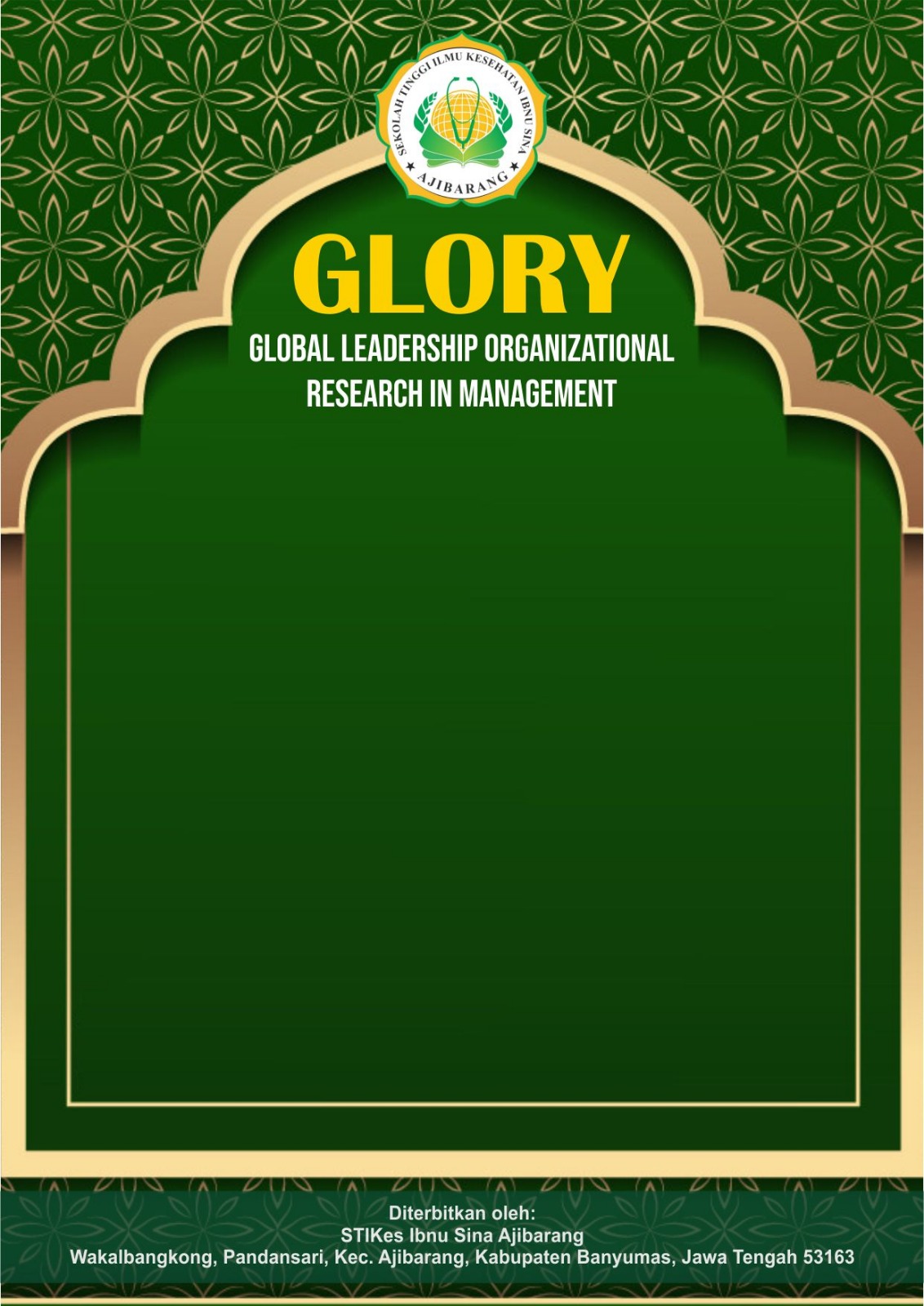Strategi Implementasi Kolaboratif untuk Menjawab Tantangan Ketenagakerjaan di Era Transformasi: Analisis Peran Negara, Dunia Usaha, dan Serikat Pekerja
DOI:
https://doi.org/10.59841/glory.v3i3.3082Keywords:
Collaborative Strategy, Transformative Employment, Business Sector, Labor Unions, Industrial DialogueAbstract
This study examines collaborative implementation strategies as an effective model for addressing employment challenges in the era of economic and technological transformation. Focusing on collaboration among the state, business sector, and labor unions, the study adopts a qualitative-descriptive approach through literature review, policy analysis, and case studies. Findings reveal that trilateral partnerships—inspired by the European concept of flexicurity—promote enhanced job security, worker productivity, and adaptability. The empowerment of labor unions through collective agreements and mediation has proven to strengthen industrial dialogue and prevent conflict. In Australia’s public sector, consultative committees involving union delegates and management demonstrate the effectiveness of consensus-based policymaking. Strategic recommendations include strengthening dialogic capacities, process digitalization, and the application of worker-driven social responsibility (WDSR) models for platform-based employment. The study concludes that multistakeholder collaborative networks are key to reinforcing labor market resilience and advancing social justice.
References
Ansell, C., & Gash, A. (2008). Collaborative governance in theory and practice. Journal of Public Administration Research and Theory, 18(4), 543–571. https://doi.org/10.1093/jopart/mum032
Arifianto, A. (2022). Serikat Pekerja dan Tantangan Literasi Digital. Jurnal Transformasi Digital, 5(2), 45–61.
Bappenas. (2023). Laporan Evaluasi Program Kartu Prakerja dan Transformasi Vokasi Nasional. Jakarta: Kementerian PPN.
Bengtsson, M. (2019). Flexicurity in the Nordic countries: A review of models and outcomes. Scandinavian Journal of Social Research, 35(1), 22–38.
Clean Clothes Campaign. (2022). Worker-Driven Monitoring in Garment Supply Chains: A Global Perspective. https://cleanclothes.org
Dunlop, J. T. (1958). Industrial Relations Systems. New York: Holt.
Imron, I., & Marzuki, A. (2023). Strategi Serikat Pekerja dalam Advokasi Perlindungan Pekerja Migran. Jurnal Sosial Ekonomi Kerja Indonesia, 10(2), 111–127.
ILO. (2022). World Employment and Social Outlook 2022. Geneva: International Labour Organization.
ILO. (2023). Social Dialogue in Indonesia: Policy and Practice. Geneva: ILO Office for Asia and the Pacific.
Kaufman, B. E. (2004). Theoretical Perspectives on Work and the Employment Relationship. Industrial Relations Research Association.
Kemnaker. (2023). Laporan Tahunan LKS Tripartit Nasional. Jakarta: Kementerian Ketenagakerjaan RI.
Mares, R. (2020). Corporate social responsibility and worker-driven change. Human Rights Quarterly, 42(1), 123–150. https://doi.org/10.1353/hrq.2020.0005
Marzuki, A. (2023). Fragmentasi Serikat Pekerja dan Dampaknya terhadap Negosiasi Upah Minimum. Jurnal Hukum & Ketenagakerjaan, 15(1), 84–98.
Rini, N. (2021). Mediasi dan Penyelesaian Perselisihan Hubungan Industrial. Jurnal Ilmu Hukum dan Kemasyarakatan, 9(3), 44–59.
Suryahadi, A., et al. (2022). The Impact of the Omnibus Law on Labor Market Dynamics in Indonesia. SMERU Research Institute Working Paper.
The Australian. (2024). Access All Areas: Growing Union Influence in Albanese's Expanding Public Service. TheAustralian.com.au.
Wilthagen, T., & Tros, F. (2004). The concept of “flexicurity”: A new approach to regulating employment and labour markets. Transfer: European Review of Labour and Research, 10(2), 166–186. https://doi.org/10.1177/102425890401000204
World Bank. (2023). Indonesia Jobs Report: The Future of Work. Washington, D.C.: World Bank Group.
Yamada, S. (2021). Japan’s Shunto Wage Negotiation System: Resilience Amid Economic Stagnation. Asian Labour Review, 14(1), 78–95.
Downloads
Published
How to Cite
Issue
Section
License
Copyright (c) 2025 Global Leadership Organizational Research in Management

This work is licensed under a Creative Commons Attribution-ShareAlike 4.0 International License.








